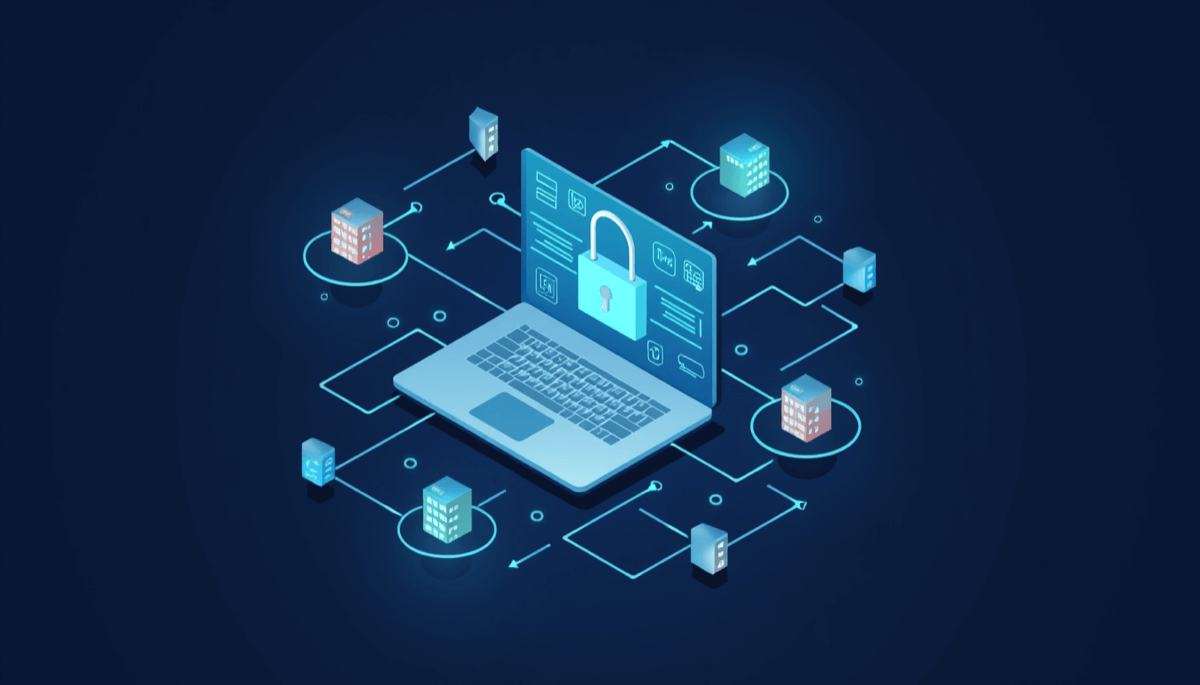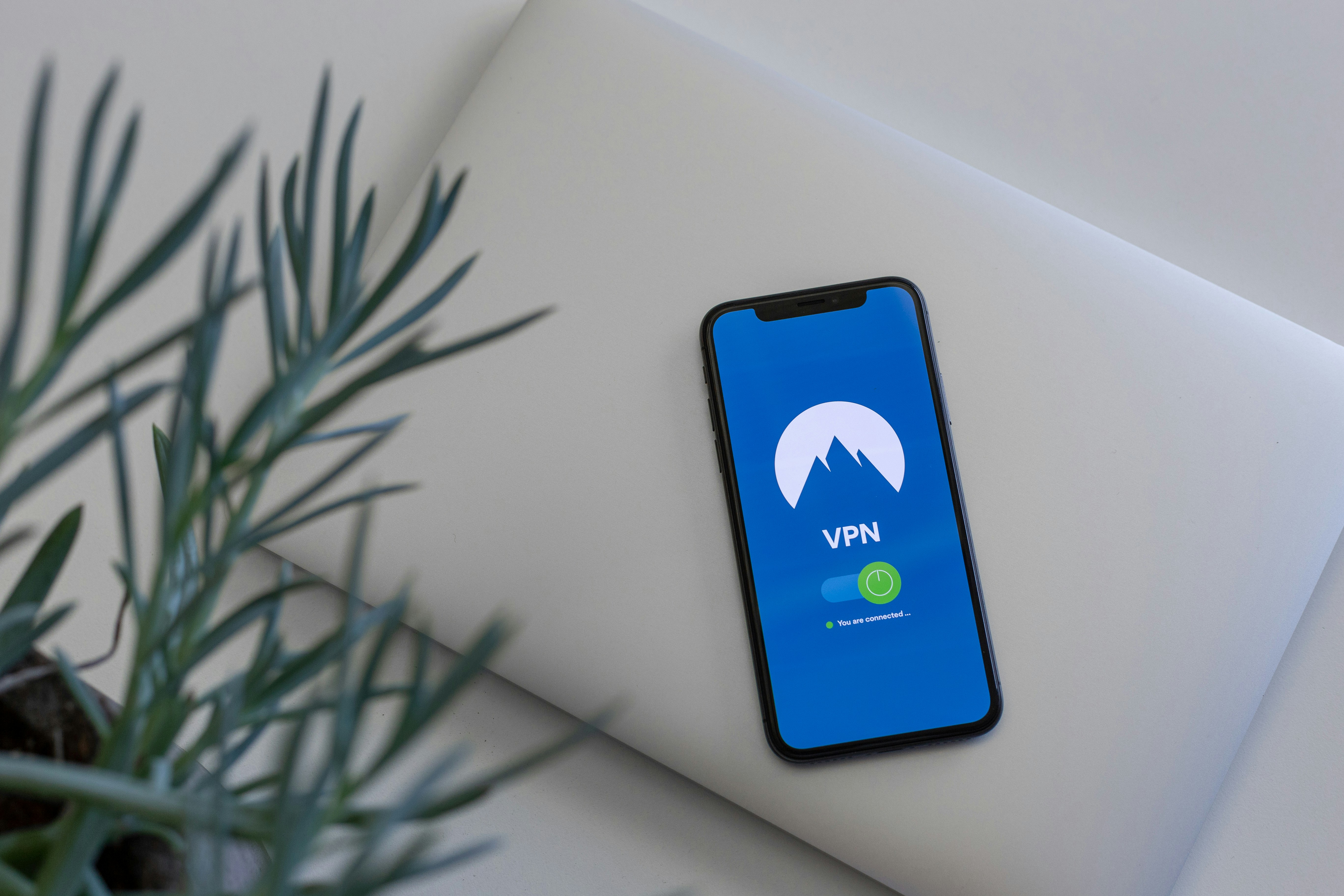Discover essential cybersecurity insights to protect your digital assets. Learn strategies against evolving threats and enhance your security measures.
What steps are you taking to secure your digital assets in an age of ever-evolving cyber threats? As technology continues to advance, so too do the methods employed by cybercriminals. Understanding the landscape of cybersecurity is crucial for individuals, businesses, and organizations seeking to protect themselves against the increasingly sophisticated attacks that abound today. Drawing insights from reputable sources like DualMedia can equip you with the knowledge needed to navigate this critical domain.
The Landscape of Cybersecurity
In recent years, cybersecurity has emerged as a top priority for organizations worldwide. High-profile data breaches and cyberattacks have highlighted the vulnerabilities that exist across various sectors. As these events become more prevalent, gaining a deeper understanding of the cybersecurity landscape is essential.
Cyber Threats on the Rise
Recent reports indicate that cyber threats are escalating in frequency and sophistication. According to external analysis, businesses are facing an ever-growing array of cyber challenges, from ransomware attacks to advanced persistent threats (APTs). Effective strategies must be put in place to mitigate these risks.
- Ransomware Attacks
Ransomware is a type of malicious software designed to encrypt files and demand a ransom to restore access. According to the latest updates, businesses have seen a significant increase in ransomware incidents. These attacks can result in not only financial loss but also reputational damage. - Phishing Scams
Phishing remains one of the most common techniques employed by cybercriminals. By posing as legitimate entities, attackers deceive individuals into providing sensitive information such as passwords or credit card numbers. Awareness and education are crucial tools in combating these threats.
The Critical Role of Cybersecurity
With the proliferation of digital information, the importance of cybersecurity cannot be overstated. Organizations investing in robust cybersecurity measures find themselves better equipped to handle potential threats and vulnerabilities. Key components of an effective cybersecurity strategy include:
- Risk Assessment
- Security Training
- Incident Response Planning
By ensuring that your organization prioritizes these elements, you can significantly minimize the impact of cyber threats.
Understanding Cybersecurity Measures
Implementing a strong cybersecurity framework begins with understanding the basic measures available to protect assets. Each layer of protection fortifies your defenses against potential intrusions.
Multi-Factor Authentication (MFA)
One of the most effective tools in enhancing security is Multi-Factor Authentication (MFA). This method requires users to provide multiple forms of identification before gaining access to sensitive information or systems.
- Enhanced Security
MFA significantly lowers the risk of unauthorized access. Even if a password is compromised, additional verification steps can thwart an attack. - User Acceptance
While some users express frustration with MFA, organizations can provide education to underscore its importance. Increasing awareness can lead to greater acceptance and security.
Firewall Protections
Firewalls act as a barrier between your internal network and potential threats from the outside world. They monitor incoming and outgoing traffic, evaluating data packets to identify and block malicious activity.
- Types of Firewalls
Various firewalls are utilized, including hardware firewalls and software firewalls. Each serves its purpose in maintaining a secured environment. - Best Practices
Regularly updating firewall rules and conducting periodic reviews can greatly enhance your organization’s security posture.
The Importance of Regular Updates
Software updates are not merely a nuisance; they serve critical functions in maintaining security. Regular updates close vulnerabilities and enhance the performance of applications and systems.
Vulnerability Patching
Every application and operating system may have latent vulnerabilities, often identified after deployment. Cybercriminals swiftly identify these weaknesses, making timely patching essential.
- Automated Updates
Enabling automated updates can assist organizations in maintaining current security measures without the risk of oversight. - Testing Updates
While updates are essential, they can sometimes introduce compatibility issues. Testing updates in a controlled environment before full deployment is advisable.
Continuous Monitoring
To effectively combat cyber threats, organizations must adopt a paradigm of continuous monitoring. A static security posture is inadequate in a dynamic threat landscape.
- Real-time Threat Detection
Implementing systems for real-time monitoring can enable you to identify and respond to potential threats swiftly. - Incident Response Teams
Establishing dedicated teams for incident detection and response improves your organization’s ability to manage and mitigate potential breaches.
Data Protection Best Practices
As data breaches increasingly compromise sensitive information, it is imperative to employ best practices for data protection. Taking proactive measures ensures the integrity of your data.
Encryption Techniques
Data encryption transforms readable data into an unreadable format, making it incomprehensible without the correct key.
- At-rest and In-transit Encryption
Encryption should be applied both to data at rest and data in transit. This ensures that, regardless of where the data resides, it remains secure. - Key Management
Effective encryption is only as good as the management of the encryption keys. Establishing protocols for key storage and lifecycle management is critical.
Regular Backups
Consistent data backups stand as a fundamental strategy against data loss.
- Backup Frequency
Determine an appropriate backup frequency based on the nature of your work and the criticality of your data. - Offline Backups
Storing backups offline can protect your data from ransomware attacks, where online data is targeted for encryption.
Awareness and Training
Education and training form the foundation of a robust cybersecurity posture. Every employee serves as a potential line of defense against cyber threats.
Security Awareness Programs
Implementing comprehensive security awareness programs plays a vital role in educating employees about potential threats.
- Regular Training
Conducting regular training sessions helps keep employees informed about the latest threats, such as phishing and social engineering attacks. - Simulated Attacks
Running simulated phishing attacks can gauge employee response and reinforce learning through real-world scenarios.
Creating a Culture of Security
Fostering a culture of security requires continual communication regarding the importance of cybersecurity.
- Open Communication
Encourage employees to report suspicious activity. Establishing an open dialogue cultivates an environment of trust and vigilance. - Recognition Programs
Recognition programs for employees who demonstrate security awareness can serve to further reinforce the significance of cybersecurity efforts.
Compliance and Standards
Navigating the complex landscape of cybersecurity requires an understanding of compliance regulations and standards that govern the protection of sensitive data.
Regulatory Frameworks
Various regulations shape the cybersecurity practices that organizations must adhere to, such as GDPR, HIPAA, and PCI DSS. Understanding these frameworks is critical for compliance.
- Data Protection Requirements
Familiarize yourself with the specific data protection requirements associated with each regulation. Compliance not only aids in legal obligations but also enhances security measures. - Audit Practices
Regular audits can identify gaps in compliance and security practices. Establishing a routine for audits ensures that your organization remains aligned with regulatory requirements.
Industry Standards
In addition to regulatory compliance, adhering to industry standards can enhance your cybersecurity posture.
- NIST Cybersecurity Framework
The NIST Cybersecurity Framework provides guidelines for organizations to manage and reduce cybersecurity risk. Implementing this framework can fortify your overall security. - ISO/IEC 27001
Obtaining ISO/IEC 27001 certification demonstrates a commitment to establishing, implementing, and maintaining an information security management system (ISMS).
The Future of Cybersecurity
As technology continues to evolve, so too does the field of cybersecurity. Innovations in technology present both opportunities and challenges in protecting digital assets.
Emerging Technologies
Emerging technologies, such as artificial intelligence (AI) and machine learning (ML), are playing increasingly prominent roles in cybersecurity.
- AI-driven Security Solutions
Utilizing AI for threat detection enhances the ability to identify anomalies in real-time, improving response times to potential breaches. - Behavioral Analytics
Leveraging behavioral analytics allows organizations to understand user behavior patterns, facilitating the identification of unusual activity that may indicate a breach.
Cybersecurity Partnerships
As the threat landscape grows, collaboration within the cybersecurity community becomes vital.
- Information Sharing
Partnering with industry groups and sharing information about threats can lead to a collective defense against cybercrime. - Public-Private Partnerships
Collaborations between government entities and private companies can enhance cybersecurity efforts through shared resources and intelligence.
Conclusion
In a world where cyber threats are an ever-present concern, understanding the nuances of cybersecurity is paramount to safeguarding digital assets. By taking proactive measures, staying informed about the latest developments, and cultivating a culture of awareness and compliance, you are better prepared to navigate this complex landscape.
Emphasizing training and awareness, establishing robust protocols, and leveraging emerging technologies will serve you well as you work to protect yourself, your organization, and your sensitive data from the ever-evolving threat landscape. As we take insights from industry leaders and news sources like DualMedia, it becomes even clearer that cybersecurity is not merely a concern of the IT department but a critical responsibility that extends throughout the entire organization. Embrace these insights and take action to strengthen your cybersecurity posture today.





